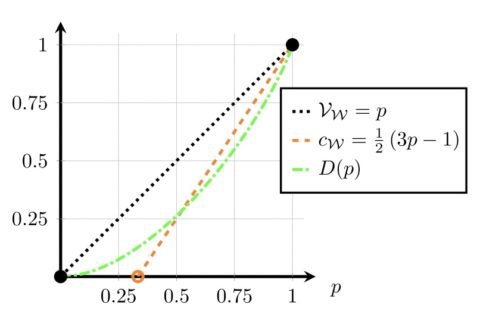Different types of coherence: Young-type interference versus Dicke superradiance published in Physical Review A
Our Article Different types of coherence: Young-type interference versus Dicke superradiance has been published in Physical Review A:
Abstract
Dicke superradiance, i.e., the enhanced spontaneous emission of coherent radiation, is often attributed to radiation emitted by synchronized dipoles coherently oscillating in phase. At the same time, Dicke derived superradiance assuming atoms in entangled Dicke states which do not display any dipole moment. To shed light on this apparent paradox, we study the intensity distribution arising from two identical two-level atoms prepared either in an entangled Dicke state or in a separable atomic state with a nonvanishing dipole moment. We find that the two configurations produce similar far-field intensity patterns, although they stem from fundamentally distinct types of coherence: while in the second case the atoms display coherence among the individual particles, leading to Young-type interference like that known from classical dipoles, atoms in Dicke states possess collective quantum coherence stemming from entanglement and quantum correlations of the state, leading to an interference pattern resulting from enhanced spontaneous emission. This demonstrates that the radiation generated by synchronized dipoles and Dicke superradiance—even if they do produce the same interference pattern—are fundamentally distinct phenomena and have to be interpreted in different ways.
